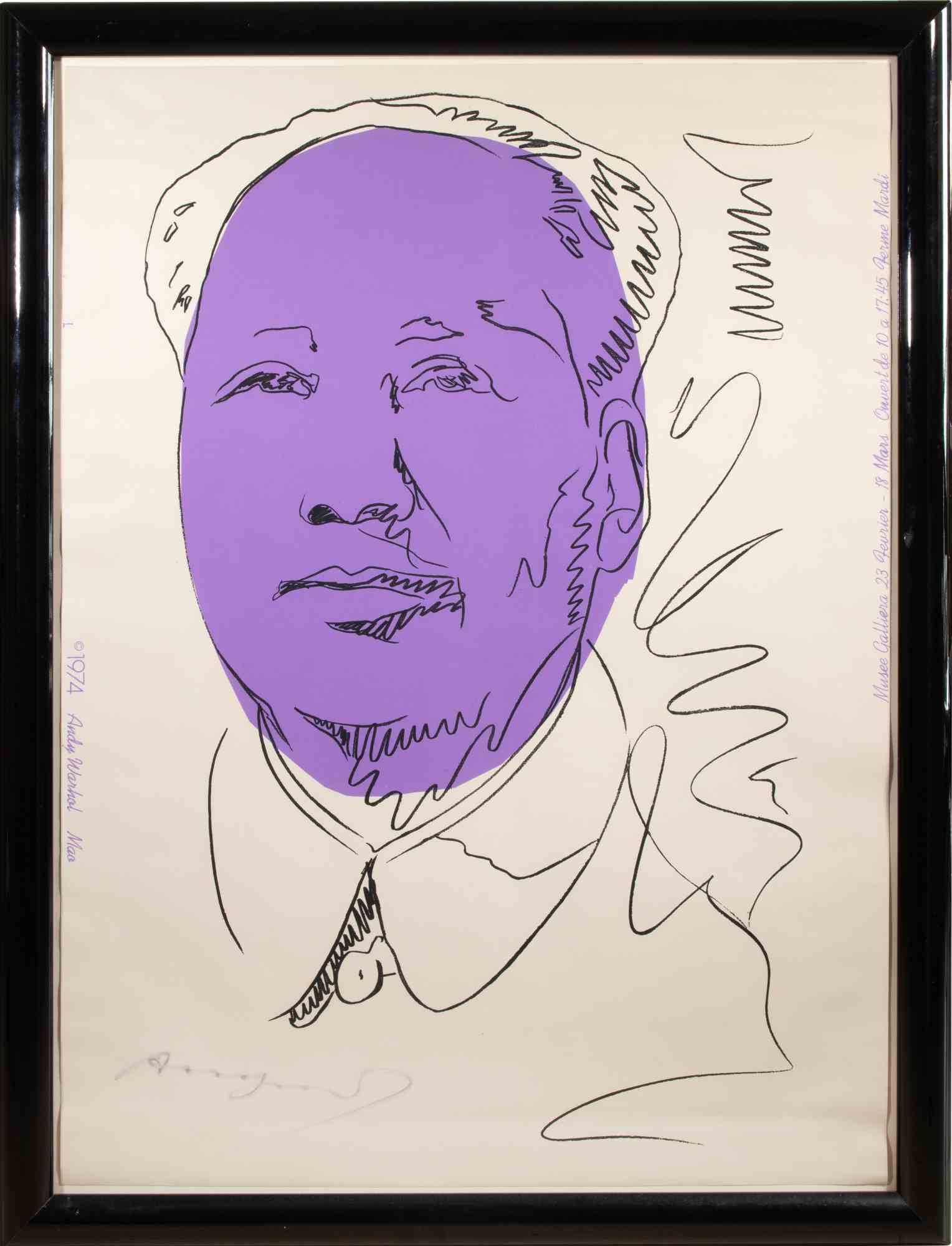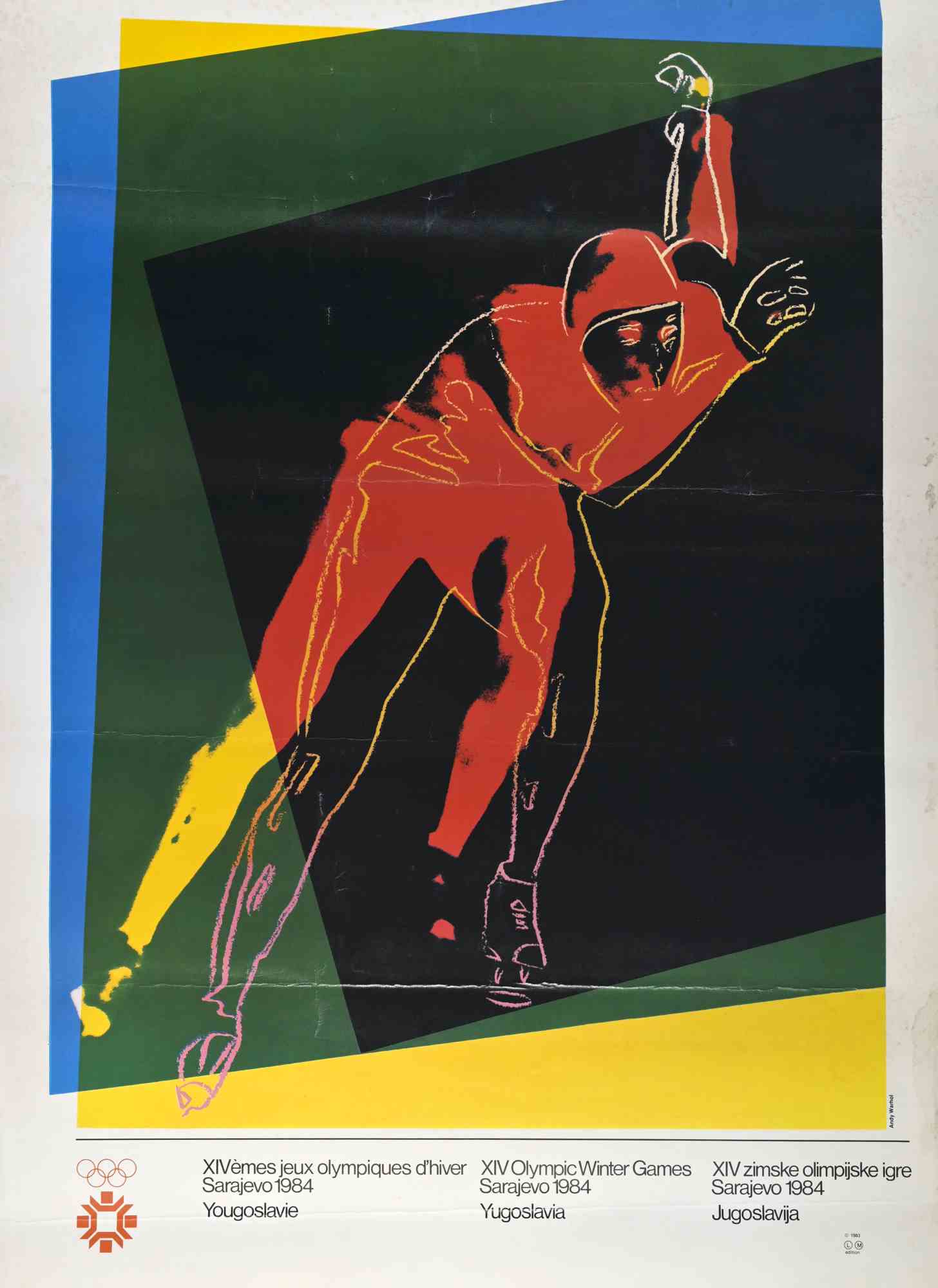
Andy Warhol’s “Ladies and Gentlemen”: A Graphic Exploration of Identity and Glamour
Andy Warhol (1928-1987), the quintessential figure of the Pop Art movement, is renowned for his provocative and innovative approach to art. Among his extensive body of work, the “Ladies and Gentlemen” series, created in 1975, stands out as a compelling exploration of identity, race, and gender through the lens of celebrity culture and commercial aesthetics. This graphic series, featuring portraits of drag queens and transgender individuals from New York City’s vibrant LGBTQ+ community, offers a nuanced and multifaceted commentary on society’s perceptions of beauty and identity.

Conceptual Foundation and Social Context
The “Ladies and Gentlemen” series emerged during a period of significant social and political change in the United States. The early 1970s saw the burgeoning of the LGBTQ+ rights movement, challenging traditional norms and advocating for visibility and equality. Warhol, always attuned to the zeitgeist, chose to focus on this marginalized community, highlighting individuals who lived on the fringes of mainstream society but played a crucial role in the cultural fabric of the city.
Warhol’s choice of subjects for this series was deeply rooted in his fascination with fame and the performative aspects of identity. By portraying drag queens and transgender individuals, Warhol not only celebrated their unique expressions of self but also questioned the constructs of gender and the fluidity of identity. The series reflects Warhol’s broader themes of commodification and celebrity, positioning these marginalized individuals as icons worthy of the same admiration as Hollywood stars and commercial products.

Artistic Techniques and Stylistic Elements
The “Ladies and Gentlemen” series is characterized by Warhol’s signature silkscreen printing technique, which he had perfected over the years. This method allowed Warhol to produce multiple iterations of each image, emphasizing the reproducibility and commodification of art. The portraits are vibrant and dynamic, with bold color blocks and high contrast, reflecting Warhol’s interest in commercial aesthetics and mass production.
Warhol’s use of color in this series is particularly striking. He employs vivid, sometimes jarring hues to create a sense of drama and intensity. The juxtaposition of unnatural colors with the natural features of his subjects underscores the performative aspect of their identities. Warhol’s color choices also serve to highlight the artificiality inherent in the construction of public personas, a recurring theme in his work.
The compositions in “Ladies and Gentlemen” are both intimate and confrontational. Warhol’s close-up framing of his subjects forces the viewer to engage directly with the individuals depicted, breaking down barriers between observer and observed. The expressions and poses captured in these portraits convey a range of emotions, from confidence and defiance to vulnerability and introspection, offering a complex and multifaceted portrayal of identity.

Cultural and Historical Significance
Warhol’s “Ladies and Gentlemen” series holds significant cultural and historical importance, both within the context of his oeuvre and the broader narrative of art and social change. The series challenges traditional representations of beauty and glamour, presenting an alternative narrative that celebrates diversity and the fluidity of identity. By elevating drag queens and transgender individuals to the status of pop icons, Warhol confronts societal prejudices and champions the visibility of marginalized communities.
The “Ladies and Gentlemen” series also reflects Warhol’s engagement with issues of race and ethnicity. Many of the subjects in this series were people of color, and Warhol’s portrayal of them in a glamorous and dignified manner challenges the stereotypical and often negative representations prevalent in mainstream media at the time. This aspect of the series underscores Warhol’s commitment to exploring the intersectionality of identity and the ways in which race, gender, and sexuality intersect and influence one another.
Reception and Legacy
Upon its release, the “Ladies and Gentlemen” series received mixed reactions. Some critics praised Warhol’s bold and unapologetic approach to depicting marginalized communities, while others questioned his motives and the potential for exploitation. Despite these controversies, the series has endured as a significant and influential body of work, continually re-evaluated in the context of evolving social attitudes and the ongoing struggle for LGBTQ+ rights and representation.
The legacy of “Ladies and Gentlemen” is evident in its lasting impact on contemporary art and culture. Warhol’s exploration of identity, performance, and commodification continues to resonate with artists and audiences today, inspiring new generations to question and redefine the boundaries of art and society. The series stands as a testament to Warhol’s ability to capture the complexities of the human experience and his unwavering commitment to pushing the boundaries of artistic expression.

Conclusion
Andy Warhol’s “Ladies and Gentlemen” series is a powerful and enduring exploration of identity, race, and gender through the lens of Pop Art. By focusing on drag queens and transgender individuals, Warhol challenges societal norms and celebrates the diversity and fluidity of human expression. The series, with its bold colors, intimate compositions, and provocative themes, remains a significant and influential body of work, reflecting Warhol’s genius and his deep engagement with the cultural and social issues of his time. Through “Ladies and Gentlemen,” Warhol not only expanded the boundaries of art but also contributed to the broader dialogue on visibility, representation, and the transformative power of self-expression.
Related artworks

A Gianni Versace 'Marilyn Monroe' by Andy Warhol Shoes
Andy Warhol (After)
1990
6500€

Speed Skater
Andy Warhol
Offset
1000€

One Hundred Thousand Lira
Andy Warhol
Offset
2600€

Ten Thousand Lira
Andy Warhol
Offset
2438€

Five Dollars Bill
Andy Warhol
Offset
2812€

Fifty Thousand Lira
Andy Warhol
Offset
3188€

Two Dollars Bill
Andy Warhol
Offset
2812€

The Velvet Underground & Nico by Andy Warhol
Andy Warhol (After)
Lithograph
4800€

Mao
Andy Warhol
Screenprint
16500€

Ladies and Gentlemen
Andy Warhol
Screenprint
16000€

Ladies and Gentlemen
Andy Warhol
Screenprint
16800€

